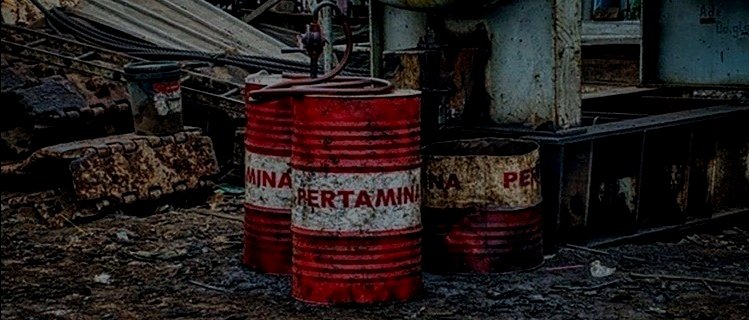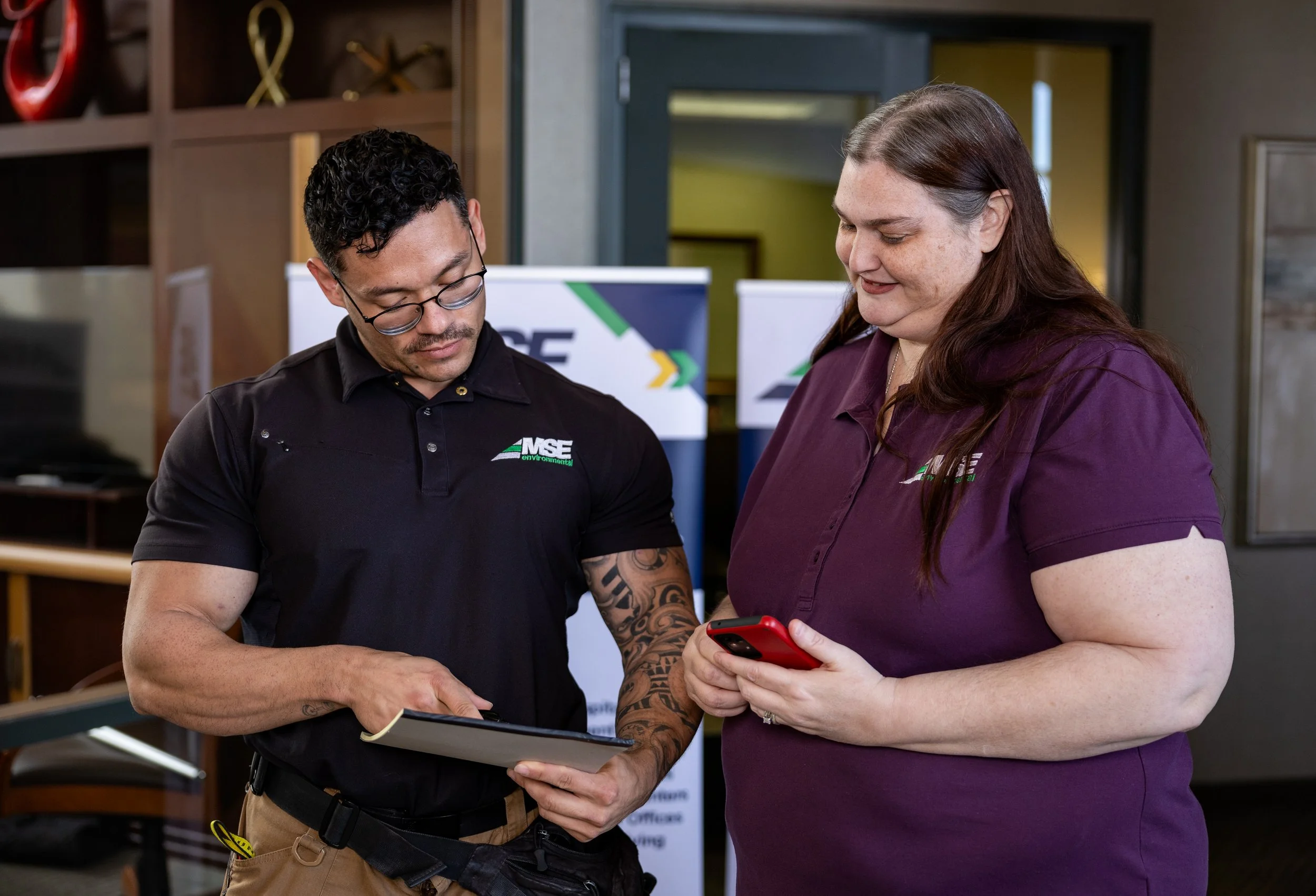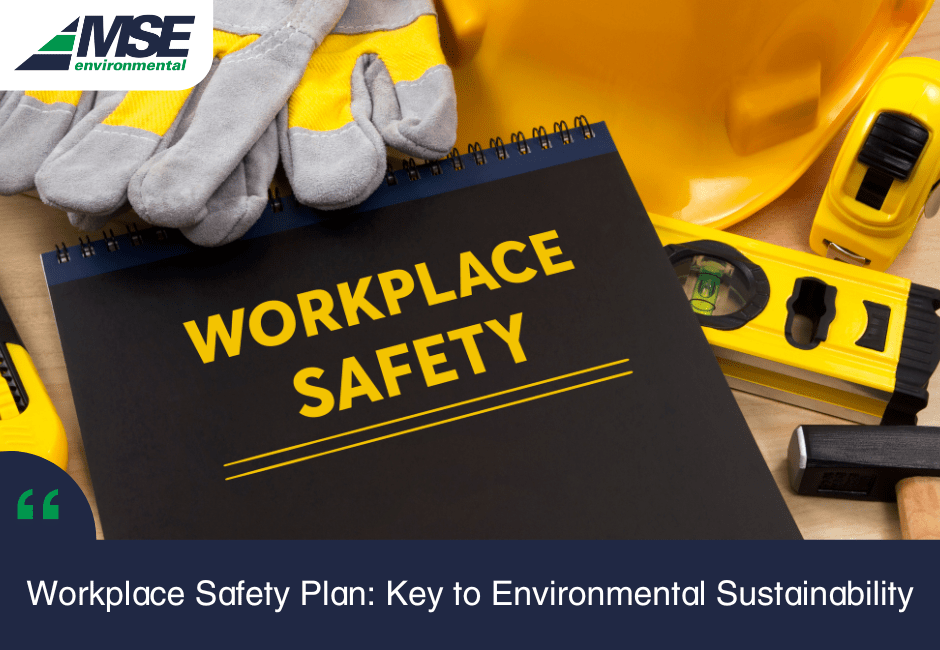Discover the importance of environmental site assessments and reduce environmental risks with MSE Environmental's expert assessment and inspection services. Here, a Phase 1 Environmental Site Assessment (ESA) is vital in finding out if there is environmental contamination. An ESA looks at a site's history and present condition to find risks and make sure it's in line with regulations. MSE Environmental is an expert in carrying out Phase 1 ESAs. They offer thorough assessments to keep your projects and assets safe.
When thinking about a Phase 1 Environmental Site Assessment, it's vital to think about how much it will cost. The phase 1 environmental site assessment cost can change based on things like the site's location and how hard it is. MSE Environmental's expert review services are priced fairly and can be changed to meet what you need.
Also, it would be better if you knew the contrast between Phase 1 and Phase 2 Environmental Site Assessments. In Phase 1, the aim is to find likely risks. In Phase 2, the aim is to gauge environmental contamination. It is vital to take samples and measure the levels of pollution to get a full view of how the site affects the environment. MSE Environmental is an expert in both Phase 1 and Phase 2 ESAs, which are:
giving useful info to help people make wise choices,
making sure to have commercial loans for real estate,
and making sure that the checks will help lower the environmental contamination risks.
First, let us talk about what an Environmental Site Assessment is.
Environmental Site Assessment (ESA) is a process that looks at a place for environmental risks and liabilities. It means finding out about the site's history, its neighbors, and any pollution that might be there. An ESA aims to explain a site's state of the environment, trash risks, and compliance with rules.
How vital and helpful are ESAs?
ESAs are very important in the world we live in now, and they serve many different businesses. Stakeholders can make choices to protect the environment and human health. They can also choose to check risks by doing thorough assessments.
Here are some key reasons why ESAs are crucial:
Risk identification and mitigation: Pollution of the soil or groundwater, radon, and dangerous things are some of the environmental risks that ESAs help find. Early detection gives people a chance to lower the risks to the surroundings and to people's health.
Regulatory compliance: ESAs are needed in many places to make sure that industry projects, land growth, and property transfers follow the rules. By following these rules, people will be more careful about the environment and have less trouble with the law.
Financial protection: ESAs are vital if you want to sell or buy real estate or get commercial loans for real estate. Lenders often need Phase 1 ESAs to gauge environmental risks before they lend money. If you know your obligations, you can save money. This will also keep you out of legal and financial trouble.
Sustainable decision-making: ESAs help groups choose sites, plan how to use the land, and grow in a way that is sustainable. By figuring out how things affect the world, we can fix problems and keep things going in the long run.
What is a Phase 1 Environmental Site Assessment (ESA)?
The goal of Phase 1 Environmental Site Assessments (ESAs) is to find out a site's environmental risks and responsibilities. It means looking into the property's past, present, and future uses, as well as its neighbors. Phase 1 ESAs try to figure out how a place affects the environment. This includes the potential for pollution and the fact that rules are hard to follow.
Key Components and Scope of a Phase 1 ESA
A Phase 1 ESA usually has a standard view and is made up of several key parts.
Some of these parts could be:
Site Visit: An environmental expert will look at the spot, the area around it, and any possible sources of pollution.
Historical Records Review: People look into the site's past, what goes on there, and whether or not it might be contaminated.
Interviews and Documentation: The site's past may be revealed if you talk to the landowners, people who live there, and local officials. These people may also show a lot of risks to the environment.
Environmental Database Search: Full searches of environmental databases to find known or potential sources of pollution near the site are carried out.
Report Compilation: The review report has info about the site's past, risks, and advice for more research or solutions.
The Value of Phase 1 ESA and how it helps find environmental risks
A Phase 1 ESA is vital for figuring out what environmental risks a place might have. By conducting a thorough assessment, it helps to:
Identify Contamination Sources: Phase 1 ESA looks at the past and the place to try to find possible sources of pollution. Some of these are underground storage tanks, hazardous substances, or industrial actions that happened in the past.
Assess Environmental Compliance: The assessment checks to see if the place follows all environmental rules and has the right permits. It finds any possible problems with not following the rules that might need more work.
Determine Environmental Risk: Phase 1 ESAs look at the environmental risk of a site. They all include risks, closeness to fragile habitats or water sources, and effects on health.
The Importance and Requirement of Phase 1 ESA
Phase 1 Environmental Site Assessments are called for by law and rules to care for the environment and lower risks. Real estate deals, building on the land, and commercial projects need Phase 1 ESAs in many places. Following these rules and laws is vital to stay out of trouble with the law and protect the environment.
Why Phase 1 ESA is needed for real estate deals by lenders and buyers
Lenders and buyers often need Phase 1 ESAs for real estate deals. They need Phase 1 ESAs to find out what environmental risks might be before they make business decisions. Phase 1 ESA is a common requirement for some reasons:
Risk Assessment: Lenders and buyers can gain from a Phase 1 ESA by finding out more about the site’s environmental risks.
Financial Protection: Lenders and investors want to protect their capital when they do Phase 1 ESA.
Due Diligence: Phase 1 ESA finds threats to the environment and makes sure that lenders and buyers meet the legal requirements. This action shows due diligence on the part of the lenders and buyers.
How long a Phase 1 ESA report is good for
Phase 1 ESA reports may need to be updated based on local rules and business standards. Most Phase 1 ESA studies take between 180 and 365 days to finish. Take into account that things can change in the world and that new information may become available. Thus, Phase 1 ESA reports should be changed often to show how the site has changed and improved.
What does the MSE Environmental Phase 1 ESA Process have?
At the forefront of environmental consulting, MSE Environmental is a reputable firm in Phase 1 Environmental Site Assessments (ESAs). They look at environmental risks in real estate deals and building projects by using their many skills and years of experience.
The MSE Environmental Phase 1 Environmental Site Assessment process involves:
Site Assessment: The skilled experts at MSE Environmental do thorough site testing, with full site checks, past research, interviews, and searches of databases.
Risk Evaluation: The gathered data are looked at to find out if there are any potential risks to the environment. Their experts also look for sources of waste and problems with following rules.
Reporting: The Phase 1 ESA reports of MSE Environmental include the risks to the environment, steps to take, and the state of compliance. These reports give vital info to stakeholders and help them make good choices.
Expertise and Qualifications
The role of MSE Environmental in Phase 1 Environmental Site Assessments is vital. They can help you assess environmental risks due to their knowledge, skills, and commitment to the rules. People, lenders, as well as investors can use the data from MSE Environmental to make smart choices. Some of these choices are to buy, sell, or build real estate.
How to Tell the Difference Between ESA Phases 1 and 2
A Phase 2 Environmental Site Assessment is a deeper research that follows a Phase 1 ESA. Phase 1 ESA's role is to find out if there are environmental risks and liabilities. Phase 2 ESA, however, digs deeper to prove the presence of contamination and find out how bad it is. In Phase 2 ESAs, samples are taken, the levels of pollution are looked at, and a complete picture of how the place affects the environment is made.
Importance of Phase 1 ESA as a Precursor to Phase 2 ESA
Phase 1 ESA acts as a crucial precursor to Phase 2 ESA. It serves several important purposes:
Risk Screening: Phase 1 ESA helps find places that might be a risk for pollution. It decides whether or not a Phase 2 ESA is needed to do more research.
Cost-Effective Approach: Most of the time, Phase 1 Environmental Site Assessment cost is less than Phase 2 ESA. It decides whether or not to move on to Phase 2, which is more in-depth and uses more resources.
Planning and Decision-Making: Phase 1 of ESA gives advice on things like buying land, building on it, and taking care of the environment. It helps make the best use of resources by focusing on places that are more likely to be contaminated.
Liability Reduction: The legal and financial costs of environmental contamination are lower due to Phase 1 ESA. It shows a driven approach to assessing risks and taking care of the surroundings.
To sum up
Environmental Site Assessments (ESAs) for Phase 1 were discussed, as well as how crucial they are. ESAs are thorough reviews that are done to find out what environmental risks might be linked to a property. The main goals of Phase 1 ESA are to find environmental contamination and find out risks to the site. We also discussed the difference between Phase 1 and Phase 2 ESAs.
We also discussed the different parts of the ESA, what they are good at, and the set methods and processes for Phase 1.
We discussed the MSE Environmental Phase 1 ESA Process:
focusing on how thorough it is,
how it meets industry standards,
and how well it can measure environmental risks.
If you require further information or assistance about Phase 1 Environmental Site Assessments, we encourage you to reach out to MSE Environmental.
Their team of experts is well-equipped to do the following:
walk you through the assessment process,
give you the correct info,
and give you good advice on how to reduce environmental risks.
Environmental Site Assessment is not just a must but helps also prevent damage, lowers risks, and promotes growth over time. With the knowledge and experience of MSE Environmental, you can make smart choices and protect your stakes.












Learn how to safely remove asbestos with MSE Environmental’s professional asbestos testing and consulting services for insurance and restoration contractors.